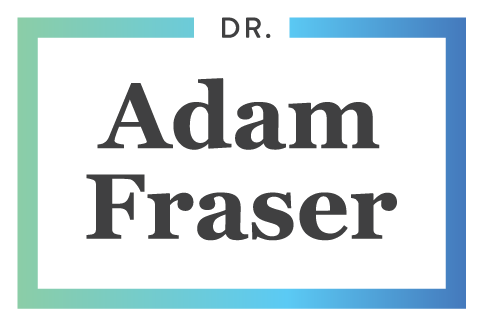The Third Space
Work life balance has dramatically changed with the introduction of technology, which means we are always on and constantly working. There is no barrier between work and home anymore, making it harder for us to turn off from work and switch into home mode.
Dr Adam Fraser and Deakin University studied what work life balance looks like in this 24/7 world. A fascinating finding in their research was that families no longer see balance as being about time. Rather, balance today is the ability to enter the home in a constructive mood and engage fully with the people in your personal life.
Put simply balance is not when you show up, but rather how you show up. In response, they developed a three stage process that can be performed in the transition between work and home (called The Third Space), to leave the work day behind and improve peoples’ capacity to turn off and be present in the home.
University studies have shown that the application of this strategy improves the mood of the home by 43% and increases boundary strength (the ability to leave a bad day at work) by 91%.
This model can also be used to help your people transition more effectively between the different parts of their day. For example, transitioning from one meeting to another or if they are client facing how to transition from a difficult interaction with a client to the next client and give them a great customer experience.

